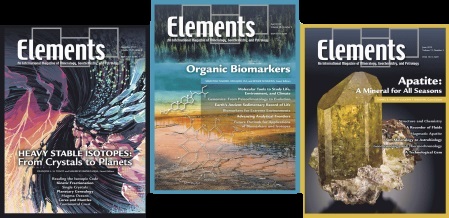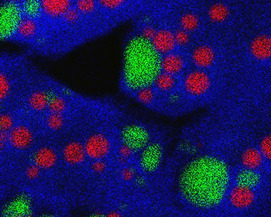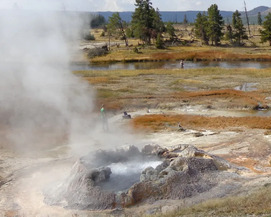Organizing Melt Flow through the Crust
Melt that crystallizes as granite at shallow crustal levels in orogenic belts originates from migmatite and residual granulite in the deep crust; this is the most important mass-transfer process affecting the continents. Initially melt collects in grain boundaries before migrating along structural fabrics and through discordant fractures initiated during synanatectic deformation. As this permeable porosity develops, melt flows down gradients in pressure generated by the imposed tectonic stress, moving from grain boundaries through outcrop-scale vein networks to ascent conduits. Gravity then drives melt ascent through the crust, either in dikes that fi ll ductile-to-brittle–elastic fractures or by pervasive flow in planar and linear channels in belts of steep structural fabrics. Melt may be arrested in its ascent at the ductile-to-brittle transition zone or it may be trapped en route by a developing tectonic structure.
Organizing Melt Flow through the Crust Read More »



